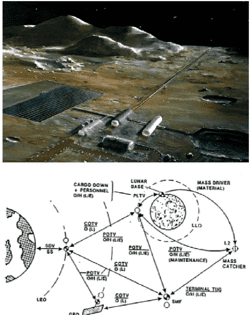PsiTraveller
Cosmic Mongoose
Just a question. The trade codes in the main book (pg 211) say that a world has the goods available to its trade codes. If you go to travellermap and get a system report there are other worlds in the system. These worlds frequently have different trade codes, as well as populations on the planet.
Would you allow players to try and get the goods available per trade code from these smaller worlds? Specifically I am looking at higher end goods worth more money as spec trade. Ice Capped, Desert and Fluid oceans allow for Precious metals to be available for trade, for example. If the home world is a Low industrial, Ag world normally this would normally not be available.
Would you allow players to try and get the goods available per trade code from these smaller worlds? Specifically I am looking at higher end goods worth more money as spec trade. Ice Capped, Desert and Fluid oceans allow for Precious metals to be available for trade, for example. If the home world is a Low industrial, Ag world normally this would normally not be available.

